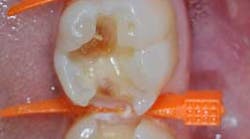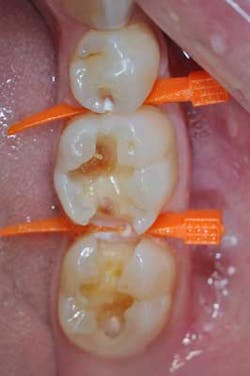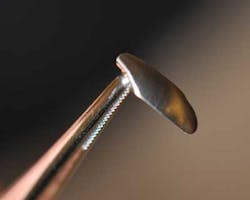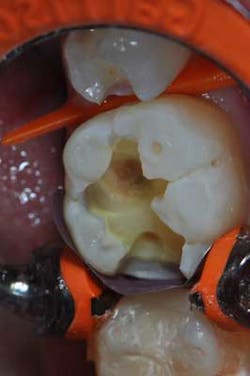By Lee Ann Brady, DMD
There is only one thing that I miss about placing Class II and Class III amalgam restorations; I never worried about my matrix system. If amalgam expressed out beyond the preparation margins when I condensed it into the interproximal box, I had carving instruments that could easily take care of that, so the seal of the matrix against the tooth wasn’t critical. Amalgam was easy to condense, and I could create just enough force not to stress over the presence of a contact once the band was removed. As the popularity of posterior composites has increased, the conversations and frustrations about matrix systems have increased right alongside.
ALSO BY DR. LEE ANN BRADY |Anterior tooth preparation: well-planned steps to a successful clinical outcome
Unlike amalgam, the difficulty of condensing composite presents us with the challenge, recreating a tight interproximal contact. Maybe more importantly, trimming composite that has been extruded beyond the preparation margin around an interproximal box is difficult, frustrating, and unpredictable. So in a quest to minimize the amount of trimming we need to do with high-speed instrumentation after the composite is cured, we search for a better matrix.
I was part of this search until a few years ago. While researching matrix systems for a presentation, I came across a list of criteria that define a successful matrix, and that powerfully shifted my perspective.
A matrix system must do the following three things:
- Recreate the natural tooth shape and interproximal contact
- Seal the proximal and gingival walls of the prep
- Overcome the thickness of the band









